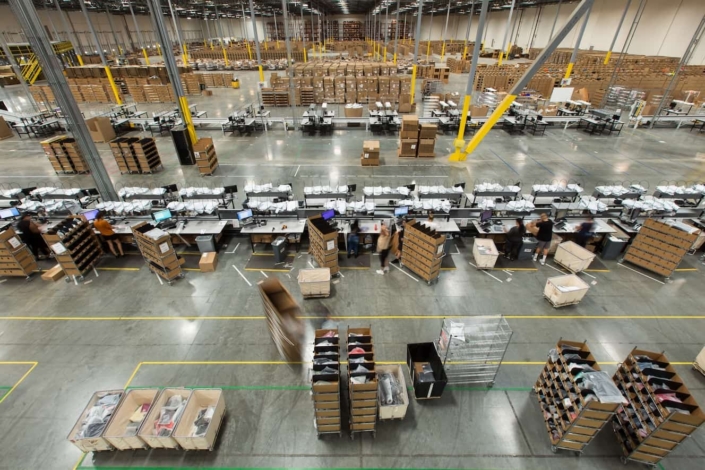With technology constantly evolving, the speed and security of prescription shipping will only continue to improve. But transporting pharmaceutical products has negative consequences, including higher-than-average carbon emissions production.
That’s why it’s critical to use eco-friendly technologies and methods when shipping and storing medications—especially those that need to be kept cold.
In our recent ebook, “The Future of Pharmaceutical Shipping: Sustainability & Emerging Technologies,” we took a close look at measures to decrease carbon emissions when shipping pharmaceuticals. Then, we explored a few emerging solutions that will streamline delivery of life-saving drugs.
This article gives a preview of those insights; to read the entire ebook, download it for free here.
The environmental footprint of pharma shipping
The pharmaceutical industry is notoriously unsustainable. Research has shown that it produces more emissions than the automotive industry!
Of course, that includes every element of the pharmaceutical supply chain, such as the sourcing of raw materials and manufacturing of products.
But transportation comes into play too.
Shipping medication can be more harmful for the environment than shipping other types of products because of the pharmaceutical cold chain. The cold chain logistics market is growing fast (it’s forecast to increase by 11.6 billion USD between 2022 and 2027), largely due to increasing demand for pharmaceuticals and the temperature-controlled containers that transport them. With such strict temperature requirements for shipping pharmaceuticals, companies often use solutions that aren’t environmentally friendly.
So, what can your business do about it?
4 ways to ship more sustainably
While you don’t need to implement every single one of the strategies below, consider trying out a few of them. By doing your part to minimize your carbon footprint, you’ll help the earth stay healthy. Plus, you’ll bolster your business’s reputation—73% of consumers want to reduce their personal environmental impact, and 91% would like to see eco-friendly shipping options.
Set goals
Start by diving into your shipping data to understand your current environmental impact. Then set clear targets for achieving carbon neutral shipping by a specified date.
Package efficiently
Minimizing the use of packaging materials helps reduce carbon footprint. Consider exploring space-efficient packaging solutions that are not only economical but also lighter, allowing for more efficient storage and shipment.
Use eco-friendly materials
Because passive cooling solutions often use materials that aren’t recyclable, they’re not very environmentally friendly. To help solve this problem, use recyclable, reusable, or biodegradable materials whenever possible.
Optimize transport routes
Route planning and optimization can have an enormous impact on the carbon emissions of a delivery. When you find the quickest path between points A and B, you spend less time on the road. The result? Reduced emissions, a smaller carbon footprint, and—as an added bonus—happier customers.
What role do carriers and logistics partners play?
While you can make many choices regarding your business’s sustainability, other things are out of your hands. Or are they? Even though external partners might have the final say in certain sustainability measures, you have the power to choose the partners you work with. By selecting carriers and logistics providers that focus on sustainability, you’ll be able to tell your customers what they want to hear: their shipments aren’t harming the environment.
Providers should be transparent about their strengths, willing to suggest environmentally friendly options, and clear about considerations for quality, safety, and cost. The following are good signs that a carrier is actively focused on green shipping:
- Electric vehicles
- Alternative fuels
- Route optimization
- Green facilities
- Sustainable packaging
- Alternative last-mile delivery options
More insights on the future of pharmaceutical shipping
Want to learn more about the future of pharmaceutical shipping, including the role drones and AI will play? Read the full ebook, “The Future of Pharmaceutical Shipping: Sustainability & Emerging Technologies” here.



